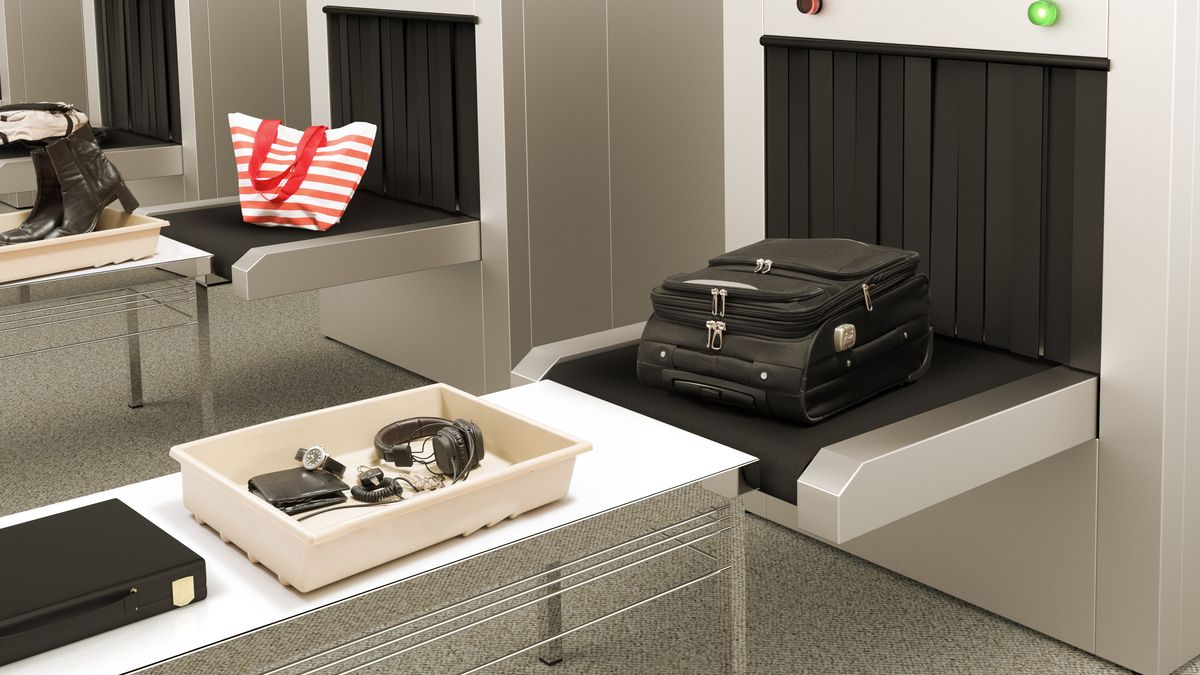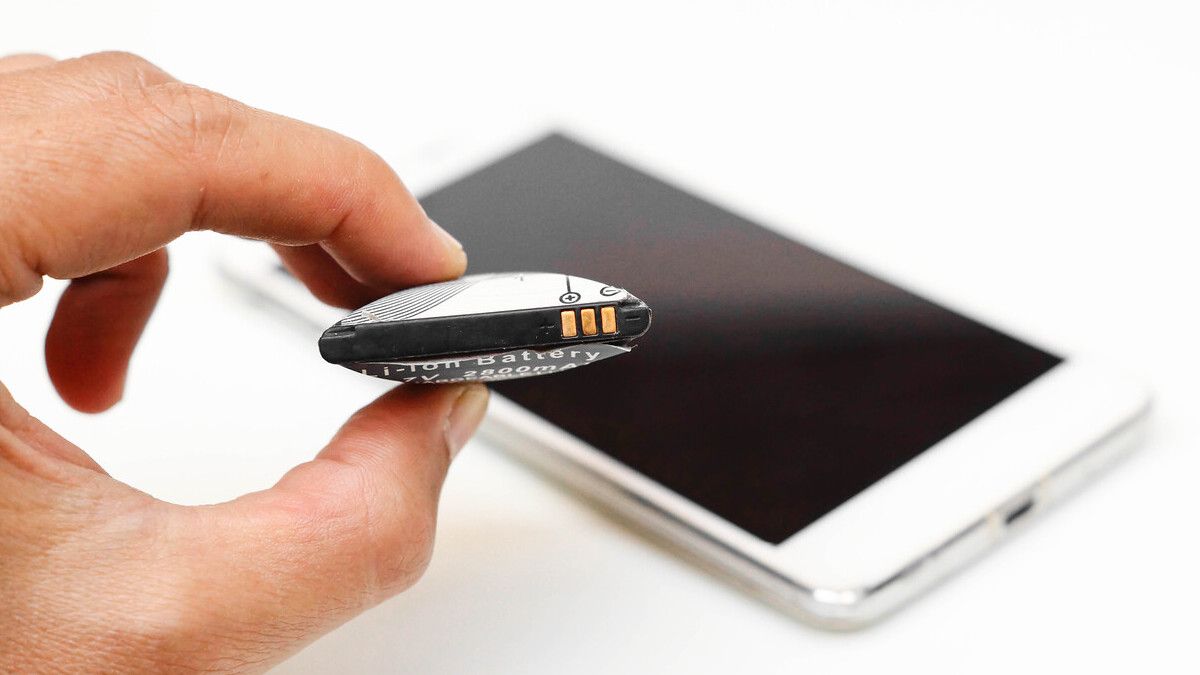Quick Links
Key Takeaways
Lithium batteries carry the risk of sudden fires when they fail, and airlines need to draw the line somewhere when it comes to balancing passenger safety and convenience on a flight.
When you next get on a plane, you'll probably have to declare devices like power banks if they are over a certain size, and may have to leave some behind, but do airlines care how big your batteries are?
Always Read the Fine Print
Before we get into why airlines limit battery sizes and how many you can bring, it's important to point out that not all airlines are the same. You're responsible for checking the battery policy of the specific airline you plan to fly with and contacting them for clarity before showing up to your flight with a bunch of batteries you'll have to leave behind.
Regulations will differ between airlines, aviation regulators, and different countries. While all of them likely have battery restrictions, the exact details matter.
Lithium Batteries Are (Relatively) Unstable
Batteries that use lithium as the key component of their chemistry have become the dominant type of portable power for devices like smartphones, tablets, and laptops. They're light and offer the highest power density among battery technologies that are practical for consumer electronics.
However, these batteries can suffer failures that result in dramatic flame outs. This is what happened with the infamous Samsung Galaxy Note 7 and many hoverboards sold on sites like Amazon. There are also many stories of poorly-made off-brand phone replacement batteries exploding and sometimes injuring users or causing serious fires.
Lithium batteries require sophisticated safety electronics to operate without these issues, and punctures or impacts can cause a battery fire regardless of what safety measures are built into the device.
Airline Battery Limits Are About Limiting Risks
Airlines generally limit battery sizes to 100Wh and below without you needing special permission. Larger batteries may be allowed if you declare them beforehand and let the airline inspect them before boarding, with an upper limit such as 160Wh being common. These larger batteries might have to be stored in a special hold managed by the cabin crew.
The number of batteries you may bring may also be limited. For example, you might be limited to two 100Wh power banks per person. High-end laptops will often have 99.9Wh batteries specifically since this is under the general limit that most airlines require.
Limiting battery sizes like this is about balancing the needs of passengers with the potential size of a battery fire. In most cases, these batteries must be part of your carry-on luggage so that any battery fires can be dealt with by the cabin crew. If lithium battery packs were to ignite in the cargo hold inside someone's suitcase, it could get out of control without any intervention being possible.
A 100Wh is a lot of energy, so it's a rather generous allowance, and presumably, those who assess risk when setting policy feel that batteries of this size are still manageable should the worst happen.
Batteries Are Getting Safer
While it may take some time, one day, these restrictions may no longer apply. Battery scientists and engineers are working on various ways to make lithium batteries safer, and other types of battery technology are in development that doesn't have the same safety risks.
In 2019, researchers from the Johns Hopkins Applied Physics Lab demonstrated lithium battery technology that could be cut, punctured, and subjected to fire without flaming out. Solid-state battery technology is also advancing in leaps and bounds, especially for electric vehicles, and doesn't have the risks of current lithium batteries.
Until these next-generation batteries are in our devices, however, you'll have to carefully check the battery rules and stick with them the next time you fly.


